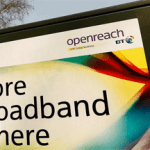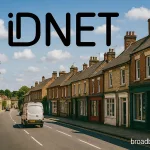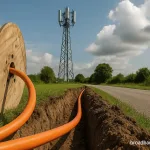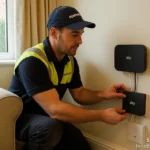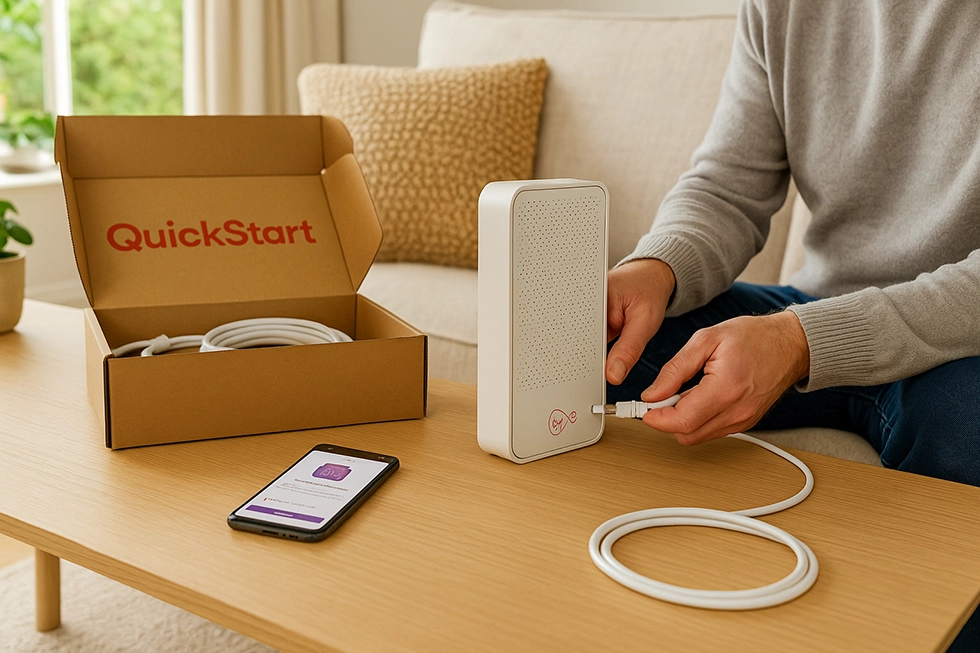NOW Broadband, the budget broadband brand from Sky, is ending support for its default router on older fibre plans. From 31st July 2025, the NOW Hub 2 will no longer receive firmware updates or be eligible for replacement if it fails. This affects customers still on FTTC (Fibre to the Cabinet) “Super Fibre” packages. If the device stops working, there won’t be a free replacement, and users will need to cancel or switch.
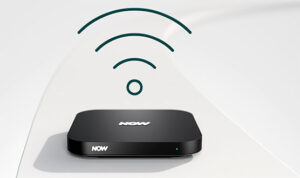
What’s Changing With NOW Broadband?
Customers on older FTTC-based Super Fibre packages — which offer average download speeds up to 63Mbps — are affected by this change. The NOW Hub 2, a basic router supplied as standard with these plans, is being phased out. Support for firmware and security updates has already stopped, and from the end of July 2025, failed routers will not be replaced.
This means customers using the NOW Hub 2 will be running unsupported hardware with no official updates or recovery path if the device breaks. NOW Broadband has confirmed that users can cancel without penalty if their router stops working or choose to upgrade to a Sky broadband package.
Emails were sent to affected users earlier in 2025, outlining the end of updates. Without ongoing firmware support, security patches won’t be delivered. Over time, this increases the risk of vulnerabilities and may affect performance and compatibility with modern devices.
What Broadband Packages Does NOW Still Offer?
NOW continues to offer a limited FTTC package under the Super Fibre label. It uses Openreach’s copper-based infrastructure, with average speeds around 63Mbps down and 19Mbps up. This is enough for basic streaming, browsing, and single-user households.
However, NOW Broadband doesn’t offer full-fibre (FTTP) under its own name. In some areas, customers may see “NOW Powered by Sky” — these are rebranded Sky packages, often using FTTP, but availability is limited. These aren’t actively promoted and don’t include the same hardware or support as Sky-branded packages.
As of 2025, NOW’s broadband lineup remains static and outdated. There’s been no upgrade path or improved hardware offering under the NOW brand, which raises questions about long-term viability.
NOW Hub 2 Router
The NOW Hub 2 is a basic router based on the old Sky SR102 model. It’s functional for minimal internet use but doesn’t meet modern connectivity standards.
It only supports 2.4GHz Wi-Fi, which is slower and more prone to interference. There’s no 5GHz band, no gigabit Ethernet ports, and no support for Wi-Fi 6. It also lacks features like smart channel steering, mesh compatibility, or advanced security controls.
With only two 10/100Mbps Ethernet ports, the router isn’t built for fast local transfers or multiple wired connections. The hardware is underpowered and not suited to households with multiple devices, smart TVs, or streaming demands.
How It Compares to Other Providers’ Equipment
The NOW Hub 2 is significantly behind what other UK broadband providers offer as standard. Most routers now support dual-band Wi-Fi, at least one gigabit Ethernet port, and are better equipped for modern usage scenarios.
For example, Sky’s standard router — the Sky Broadband Hub — includes dual-band Wi-Fi and four gigabit ports. BT offers the Smart Hub 2 with good wireless coverage and Digital Voice support. Virgin Media’s Hub 3, 4, and 5 support Wi-Fi 5 or Wi-Fi 6 and are optimised for high-throughput connections and mesh extension.
By comparison, the NOW Hub 2 struggles with coverage, speed, and compatibility. It’s a limiting factor even for small households, especially if multiple people are online simultaneously.
Is It Safe to Keep Using the Hub 2?
The router will continue to function if it hasn’t failed, but using unsupported hardware comes with risks. Once firmware and security updates stop, routers are more vulnerable to attacks and bugs.
Older devices may stop working correctly with newer smart home tech, streaming devices, or laptops. Connection reliability may drop as hardware ages, and performance could degrade, especially under load. If you work from home, stream HD video, or use cloud-based tools, you may start noticing instability.
It’s also worth noting that troubleshooting help will be limited. NOW has no obligation to replace the router or assist with connection issues caused by the hardware. If it fails, your only options will be cancellation, switching, or buying a third-party router — which NOW doesn’t officially support.
What Are Your Options Going Forward?
NOW isn’t forcing users to leave, but there are clear limits on how long it can support ageing hardware. If your router breaks after July 2025, you can:
- Cancel your NOW Broadband plan without penalty
- Switch to a Sky Broadband package, either FTTC or FTTP
- Buy your own router (setup support may be limited)
For long-term reliability and performance, switching to Sky — or another provider offering FTTP — is the most practical option.
Why Sky Broadband Is the Next Step
Sky owns NOW, and their broadband packages are significantly more advanced. Even entry-level Sky plans offer better routers and more stable performance. Sky also provides full-fibre packages using Openreach’s FTTP infrastructure in many areas, which deliver faster speeds and lower latency.
As of April 2025, Sky’s available packages include:
| Plan | Avg Download / Upload | Router |
|---|---|---|
| Superfast 35 | 36 / 9 Mbps | Sky Broadband Hub |
| Superfast | 61 / 18 Mbps | Sky Broadband Hub |
| Full Fibre 75 | 75 / 20 Mbps | Sky Broadband Hub |
| Ultrafast | 145 / 27 Mbps | Sky Broadband Hub |
| Ultrafast Plus | 500 / 60 Mbps | Sky Max Hub |
| Gigafast | 900 / 100 Mbps | Sky Max Hub |
The FTTP plans offer strong performance for multi-device homes, with upload speeds that support cloud backups, remote work, and video calling. Latency is lower, and connections are more stable — particularly during peak hours.
Sky Routers: Better Hardware Out of the Box
Sky’s routers are more modern and better suited to 2025 usage. Even the entry-level Sky Broadband Hub supports dual-band Wi-Fi, four gigabit Ethernet ports, and smart signal steering. It handles HD streaming, gaming, and home working with fewer dropouts or speed issues.
For FTTP plans, Sky supplies the Sky Max Hub. This router supports Wi-Fi 6, has improved range, and is mesh-compatible via Sky’s Wi-Fi Max extender. It’s built for gigabit fibre, handling high traffic volumes across multiple devices at once.
Both routers offer major improvements in reliability, coverage, and speed compared to the NOW Hub 2.
Is NOW Broadband Being Phased Out?
There’s no formal announcement, but several signs suggest NOW Broadband is being wound down:
- No full-fibre rollout under NOW branding
- Older router no longer supported
- Push to upgrade users to Sky
- No major updates to the NOW product line since 2023
NOW still serves a niche market — low-usage households looking for the cheapest FTTC plan — but it lacks the infrastructure or roadmap to compete in the full-fibre era. Over time, the service risks becoming obsolete.
Should You Stay or Switch?
If you’re a light internet user and your Hub 2 still works, you don’t need to act immediately. But understand the trade-offs — no more security updates, no hardware support, and increasing risk of failure or slowdowns.
If your router fails after July, the lack of replacement leaves you with limited choices. Most users will be better off switching to a full-fibre plan from Sky or another FTTP provider. You’ll get better hardware, faster speeds, and a more reliable internet experience.
NOW Broadband still works for some users — but it’s no longer a future-ready solution. For a stable connection in 2025, it’s time to consider an upgrade.
